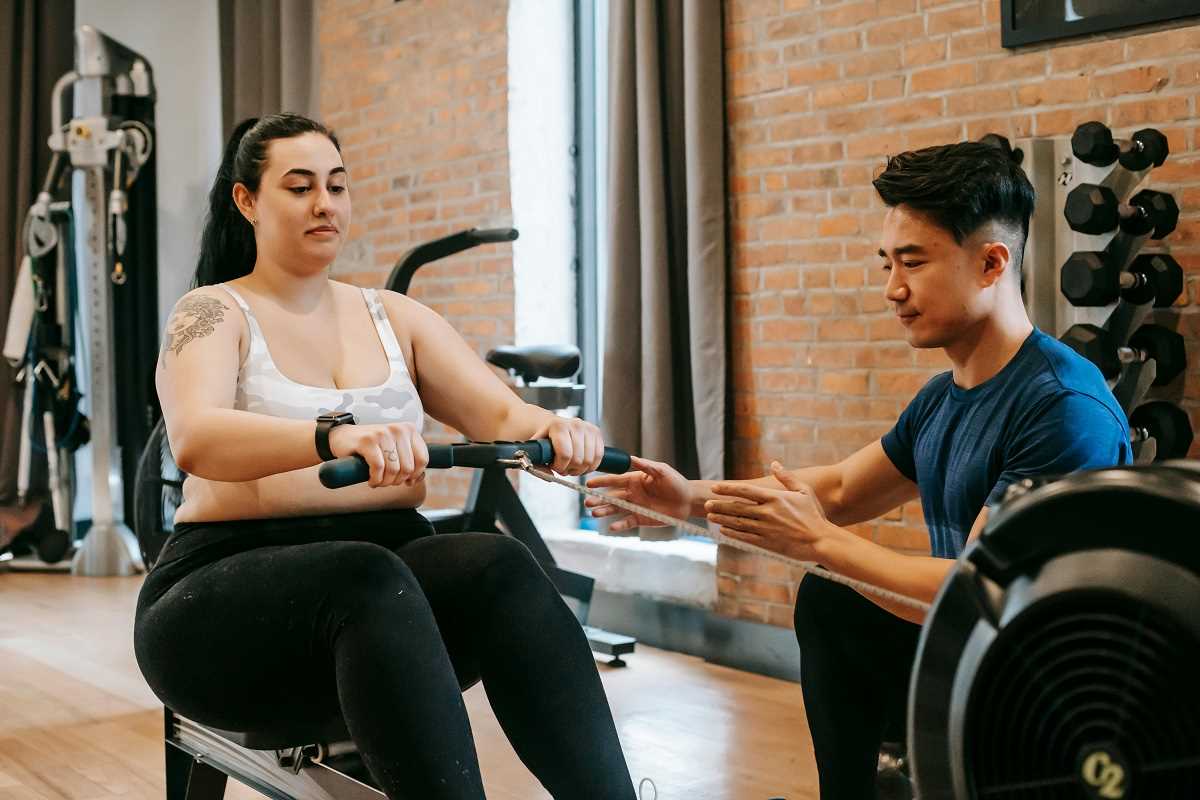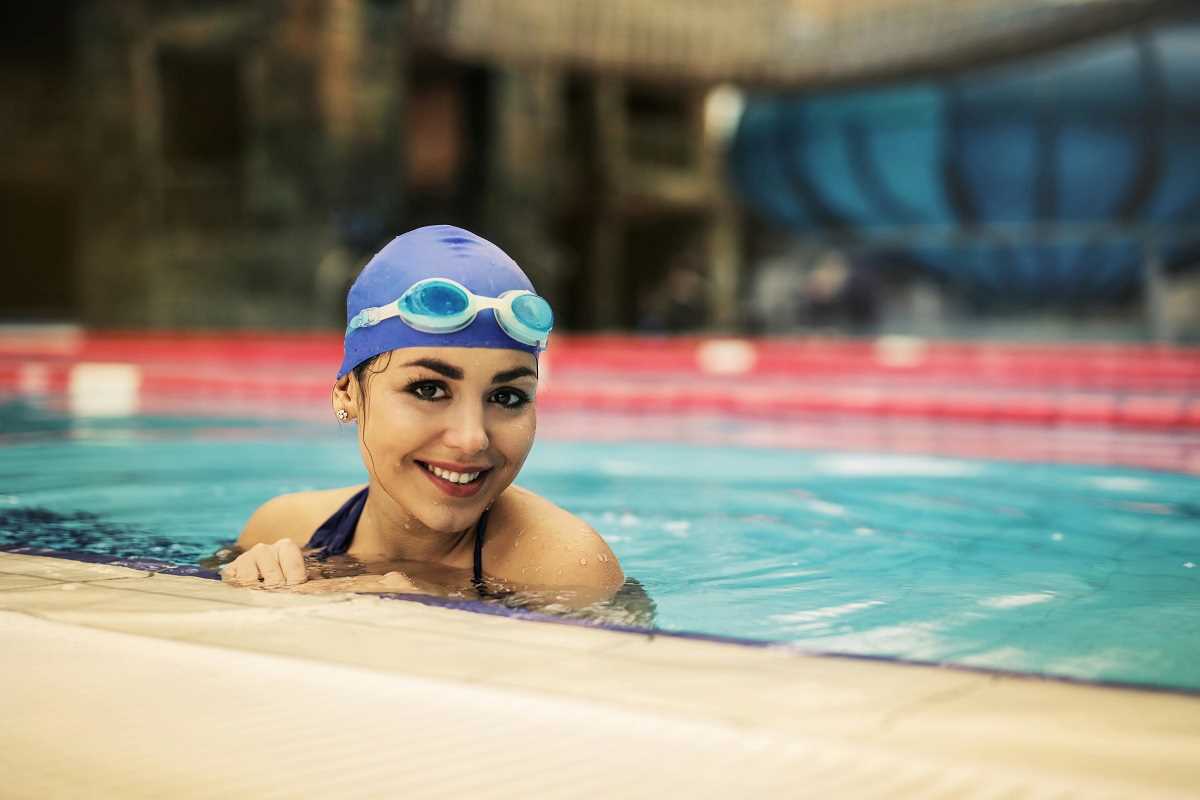When you think of exercising, you might picture running on a treadmill, lifting weights, or pedaling a bike. But what if we told you there's a way to exercise that's gentle on your joints, builds strength, and feels refreshing all at the same time? Enter aqua workouts. Whether you're a seasoned fitness enthusiast or just starting to dip your toes into exercise, working out in water offers a unique blend of low-impact movement and high-resistance training that's both effective and fun.
The Appeal of Aqua Workouts
Aqua workouts, also called water or aquatic exercises, utilize the natural properties of water to enhance fitness routines. Unlike traditional exercises on land, these workouts are performed in a pool where water provides buoyancy and resistance. Why does this matter? Because buoyancy reduces stress on your joints while resistance makes your muscles work harder. It’s a win-win.
For seniors, this combination has incredible benefits. Many land-based exercises can be tough on aging bodies, leading to discomfort or even injury. Aqua workouts, however, provide a safer alternative where you can build strength, endurance, and flexibility without overloading your body. Whether you're managing arthritis, recovering from an injury, or simply looking for a way to stay active in your golden years, aqua workouts fit the bill perfectly.
The Benefits of Exercising in Water
You likely already know that exercise is good for you—but what makes aqua workouts special? Here are some key benefits of incorporating water-based exercises into your routine.
1. Gentle on the Joints
One of the biggest advantages of aqua workouts is their low-impact nature. When you're in water, buoyancy supports your body's weight, reducing the strain on your joints by up to 90%. This makes water exercise ideal for seniors dealing with arthritis, osteoporosis, or joint pain. It allows you to stay active and move freely without the aches and pains that sometimes come with exercise on land.
2. High-Resistance Training
Water is much denser than air, which means every movement you make in water faces resistance. Whether you're walking, stretching, or lifting water weights, you're working against that resistance to strengthen your muscles. What's great is that water provides consistent, even resistance in all directions, creating a balanced workout for your entire body.
3. Improved Heart Health
Aqua workouts aren’t just great for your muscles; they’re great for your heart, too. Exercising in water helps improve circulation and cardiovascular endurance without overstressing your heart or joints. This is particularly beneficial for seniors who may need to keep cardiovascular intensity moderate.
4. Enhanced Flexibility and Balance
The natural support of water allows for a greater range of motion, encouraging your body to stretch further than it might on land. Water's gentle resistance also helps improve balance, as it challenges your muscles to stabilize your body during movements. These improvements in flexibility and balance can translate into a reduced risk of falls and better coordination in daily life.
5. Stress Relief
Let's not forget the mental health benefits. Being in water can be soothing, whether you're doing laps or floating at the end of a session. The hydrostatic pressure of water can promote relaxation and reduce stress. Plus, many aquatic classes are conducted in a group setting, offering a fantastic opportunity to connect with others and foster a sense of community.
Common Aqua Workouts to Try
You might be wondering, what does an aqua workout actually look like? There’s a wide variety to choose from, ranging from gentle movements to more intensive sessions. Here are a few popular options to explore.
1. Aqua Walking or Running
This is a great starting point for anyone new to water exercise. Walking or jogging in the shallow end of a pool provides a simple way to get your heart rate up and strengthen your lower body. Because of water’s resistance, even a slow jog can feel more challenging than running on land—but still easy on your joints.
2. Water Aerobics
Think of water aerobics as the pool version of your favorite workout class. These sessions often involve a combination of cardio, strength, and flexibility exercises. A typical class might have you doing leg kicks, arm swings, or core twists to the beat of upbeat music. Many community pools offer water aerobics classes tailored to different fitness levels, including those specifically designed for seniors.
3. Resistance Training with Water Equipment
By adding tools like foam dumbbells, kickboards, or pool noodles, you can take your workout to the next level. These tools increase resistance, helping you build strength in your arms, legs, and even your core. For instance, try pushing a pool noodle underwater and feel your arm muscles engage!
4. Aqua Yoga or Tai Chi
For a more meditative experience, try aqua yoga or tai chi. These classes combine mindful movements and stretching with the calming qualities of water. They’re excellent for improving balance, flexibility, and overall relaxation. Aqua yoga, in particular, can help stretch tight muscles while relieving tension throughout your body.
5. Swimming Laps
Swimming is the classic aqua workout and for good reason. It provides an excellent full-body workout while improving cardiovascular endurance. You can easily adjust the intensity by alternating between slow, leisurely strokes and faster-paced laps.
Tips for Getting Started with Aqua Workouts
If you're excited to give aqua workouts a try, here are some tips to help you get the most out of your time in the pool.
- Start Slow: Beginning with shorter sessions, around 20 to 30 minutes, will give your body time to adapt to water-based movements.
- Dress for Success: Invest in comfortable swimwear that allows you to move freely, and consider water shoes for added grip and support.
- Hydrate: It’s easy to forget, but you can still get dehydrated during a water workout. Bring a water bottle and sip throughout your session.
- Focus on Form: Like any exercise, proper form is key. Move at your own pace and prioritize controlled movements over speed.
- Join a Class: If you’re not sure where to start, look for aquatic exercise classes at your local gym or community pool. Not only will you receive professional guidance, but you’ll also get to meet fellow fitness enthusiasts.
- Mix It Up: Keep things fresh by exploring different types of aqua workouts. This could mean alternating between water aerobics, resistance training, and swimming laps.
Staying Safe in the Water
While aqua workouts are quite safe, it’s always good to take a few precautions to ensure your safety.
- Stick to Your Comfort Level: If you’re not a confident swimmer, stay in the shallow end or use flotation devices. Most aqua exercises don’t require deep water, so don’t feel the need to venture out of your comfort zone.
- Work Within Your Limits: Listen to your body and avoid overexerting yourself. If you feel tired, take a break.
- Speak to Your Doctor: If you have any medical conditions, it’s a good idea to consult your doctor before starting a new fitness routine.
Aqua workouts aren’t just an effective way to stay active; they’re also a way to have fun, connect with others, and enjoy the many benefits of water. Whether you’re splashing through a water aerobics class or enjoying the calm flow of aqua yoga, the possibilities are endless.
It’s never too late to incorporate a new form of exercise into your routine. If you’re ready to make waves in your fitness journey, head to your local pool and give aqua workouts a try!
 (Image via
(Image via





